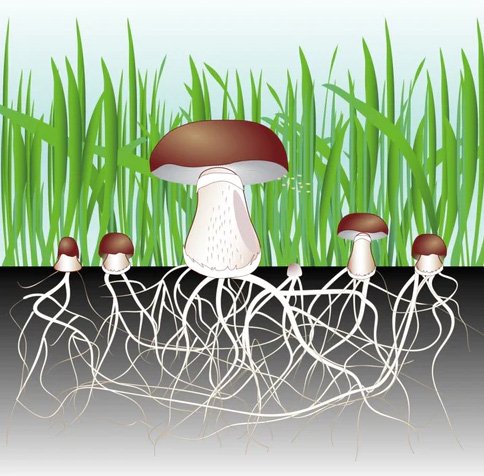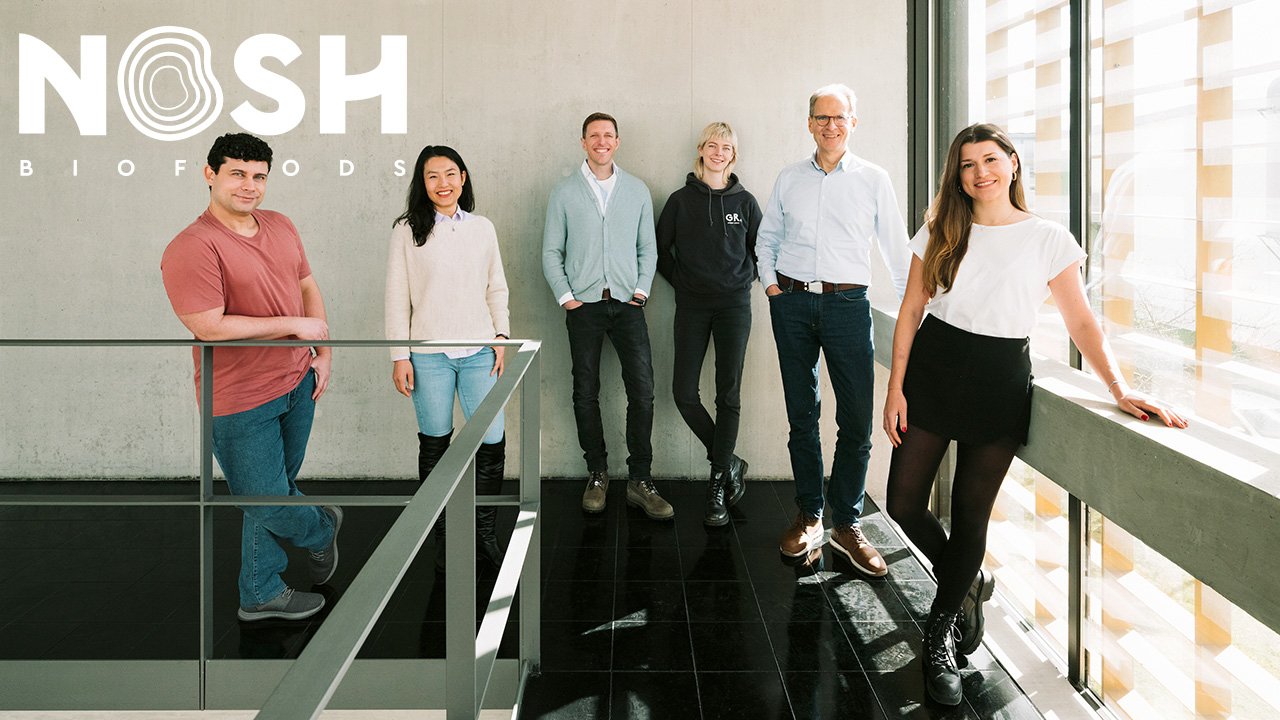Berlin-based developers of traditional meat (and other sources of protein) Nosh has raised €3.2 million in a seed funding round. The startup will use the capital to press forward with R&D projects as well as gear up for mass production and intensify commercialisation efforts.
The seed round was led by Earlybird Venture Capital and saw the participation of Clear Current Capital, Grey Silo Ventures, and Good Seed Ventures.
Chances are if I asked you right now (without the help of any external sources of information) to define the difference between mushrooms and fungi, could you? Right. I couldn’t either. As it turns out, they are the same thing, however, what you and I typically think of as a mushroom is actually just the flower or fruit, i.e. the part of the organism that is responsible for reproduction, in the case of fungi, the dispersion of spores.
 Instead of what you and I might want to call “roots”, fungi collect their nutrients for survival through tiny threads called mycelium. These mycelium are a fiber and vitamin-rich protein that contains no saturated fat, or cholesterol and acts as a natural binder. As an added bonus, they possess a natural umami (the taste characteristic associated with broths and cooked meats) flavor.
Instead of what you and I might want to call “roots”, fungi collect their nutrients for survival through tiny threads called mycelium. These mycelium are a fiber and vitamin-rich protein that contains no saturated fat, or cholesterol and acts as a natural binder. As an added bonus, they possess a natural umami (the taste characteristic associated with broths and cooked meats) flavor.
Now, if you’ve been paying attention to the struggles the established plant-based meat alternative industry has been facing, a solution to a great number of them has been right under their/our feet. According to Nosh co-founder and CEO Tim Fronzek, this was one of the biggest hurdles the company faced when raising seed funding.
“Every single investor we talked to asked the same thing - it’s so simple, why has no one else thought of this?”
Fear not, Nosh is by no means sending teams of Schwammerlsuchers (Austrian: mushroom hunters) off to forests nearby and ripping up mycelium en masse. Instead, the Berlin-based company is using a well-established and common fungi biomass source and effectively cloning it.
“We take a small piece from previous clones, add it to a liquid substrate, and begin a process of fermentation,” explained Fronzek. “After only a few days, we’ve got a container now full of fungi biomass that once the excess liquid is removed, could easily be mistaken for chicken. Not only by sight but taste as well.”
He then produced a few photos on his phone, and while I haven’t tasted it myself, I can easily recall more than a few restaurants where I could swear I’ve seen that on my plate.
Thanks to the manner in which this biomass is produced, one that Fronzek says will be on price parity with, and in some cases, more competitive than animal products, and its naturally occurring structural makeup, it contains fibers that are similar in texture to that of animal tissues. Depending upon how much liquid Nosh removes from the final product, it can closely mimic that of fish (less liquid removed) or beef (more liquid removed) or any variation in between.
Beyond “just” a meat alternative, by applying what Fronzek terms as a “light processing” that’s “so simple, I can’t tell you” (remember that question every investor asked?) to the raw product, it’s then able to be used as a binding and/or gelling agent, thereby having the potential to replace food additives including methylcellulose, gums, and starches. All while remaining a completely non-genetically modified organism.
On the decision to not only invest in, but lead Nosh’s €3.2 million seed round, Earlybird partner Dr. Christian Nagel commented, “Finding more sustainable alternatives to the current food system is key to fighting climate change, yet plant-based options often fall short in terms of taste, texture, and price. Nosh.bio’s fermentation-based functional ingredient platform can play a significant role in tackling these challenges. However, the potential goes beyond plant-based products; their versatility makes the ingredients a fit even for more traditional categories and products.”



Would you like to write the first comment?
Login to post comments